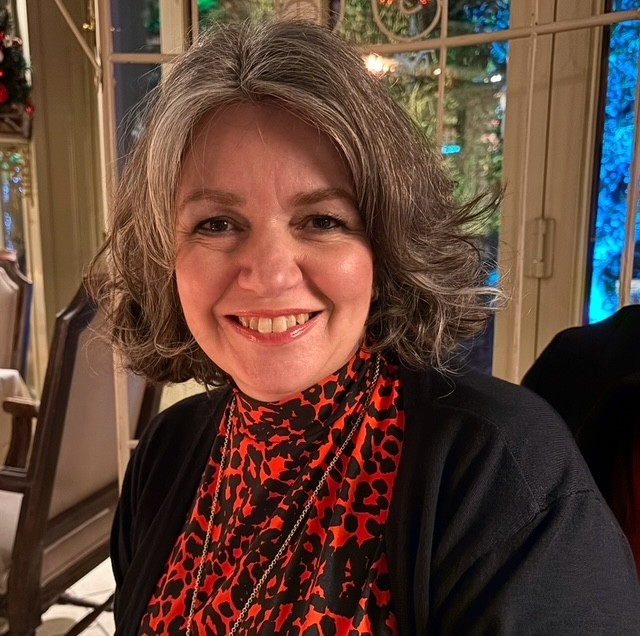
Sectioning, Unsectioned, Sectioned: A Mum’s Mental Health Fight
Sectioned, Unsectioned, and Back Again: The Rollercoaster We Didn’t Ask For

When safety is treated like a switch, parents are left hanging on by their fingertips.
Content warning: mentions of self-harm and suicidal feelings.
One week, SHE was “safe” because she was sectioned. The next, she wasn’t, because they decided she didn’t need to be. Then she was sectioned again. Then it was lifted. Then it came back, this time for 28 days. A week later, it was removed again because she “felt safer.”
This is what it looks like when sectioning becomes a revolving door.
The whiplash
She started off as “informal.” That meant she was free to leave. And she said she would, not to go for a walk, but to end her life. The staff had no choice but to section her for 72 hours.
Then, just as quickly, it was lifted. A short while later, she was back under a section again for another 72 hours. That rolled into a 28-day section. And then, unbelievably, a week later it was gone.
As if her brain had healed in seven days. As if “feeling safer” in one moment cancels out months of suicidal thoughts and trauma.
The review
The decision came down to a room with three doctors. No nurses, no one who saw her daily. Just doctors with clipboards. They said she was doing as asked: engaging, talking, appearing fine. What they didn’t see, what her own psychologist has written, is that SHE hides her emotions. She covers her distress so well that unless you know her, you’d believe she’s okay.
By Wednesday she fell apart. Completely unravelled. And yet the plan was still to discharge her by Friday.
The “support” that doesn’t exist
We begged them not to send her home into a weekend. They say there is weekend support. Let me tell you what that actually looks like:
Home-based support = a phone call. Not a visit. Just a call.
Even when you request a female (because males trigger her trauma), a male will ring.
Crisis services = the same. A phone call, not a safe place to go.
So when they talk about “support in the community,” what they really mean is “someone might phone you.”
The fight
Friday morning we were back at it, pushing to keep her in until Monday. Because sending her home without proper support isn’t just careless, it’s dangerous.
I’ve lost count of how many times I’ve had to sit across a table and argue for my daughter’s safety while professionals insist she’s “engaging well.” As if talking politely cancels out the storm under her skin.
The truth
Here’s the thing: SHE is brilliant at looking fine. She covers, she masks, she smiles when she’s crumbling inside. That’s why she terrifies me. Because the world sees “engaged and chatty,” while I see the damage to her body and hear the words she says at night.
And this is the bit no review panel or discharge plan ever seems to hold, that safety isn’t something you tick off a checklist. It’s fragile, it changes by the hour, and when you get it wrong, the consequences are irreversible.
This part of our story isn’t neat. It’s messy, relentless, and feels like someone keeps switching the light on and off while we’re trying to steer a ship through a storm.
But if you’re reading this and you’ve been there too, fighting to be heard, pushing back against discharge, terrified of weekend “support”, know this: you’re not mad, you’re not overreacting, and you’re not alone.
Your calm in the chaos,
Sami xx
